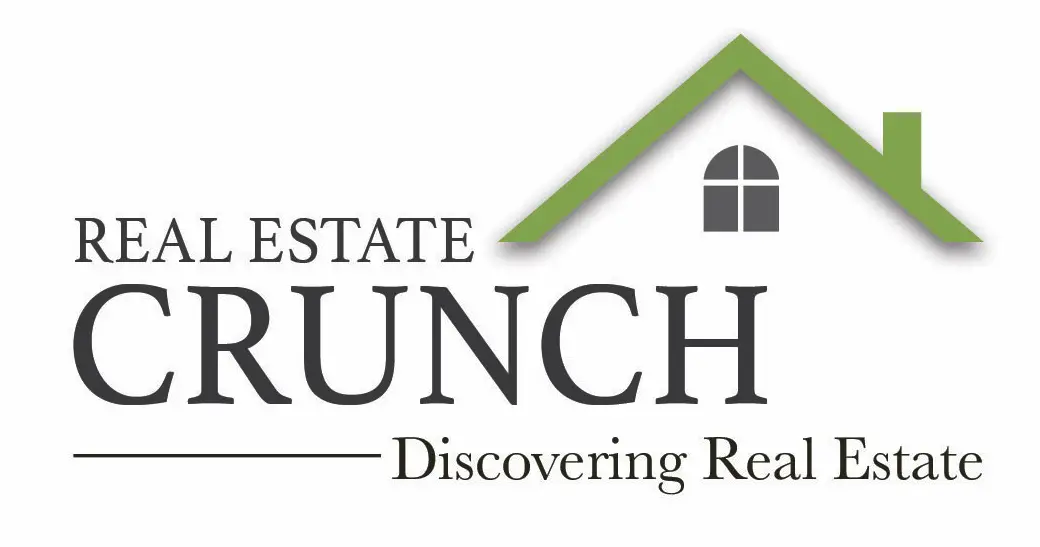Real estate has long been regarded as a reliable and potentially lucrative investment avenue. However, not all real estate properties are created equal.
According to the National Council of Real Estate Investment Fiduciaries (NCREIF), there are five main types of real estate investments: multifamily, industrial, office, retail, and hotel. Each property type has unique characteristics, cycles, and risks that investors must understand before diving in. Read on as we explore these five types of real estate investments, delving into their pros and cons to help you make more informed decisions.
Table of Contents
- 5 Types of Real Estate Investments: Benefits and Drawbacks Explained
- Related Question
5 Types of Real Estate Investments: Benefits and Drawbacks Explained
The National Council of Real Estate Investment Fiduciaries (NCREIF) identifies five primary types of real estate investments: multifamily, industrial, office, retail, and hotel. Each category has distinct features, market cycles, and risks crucial for investors to grasp.
1. Multifamily Real Estate
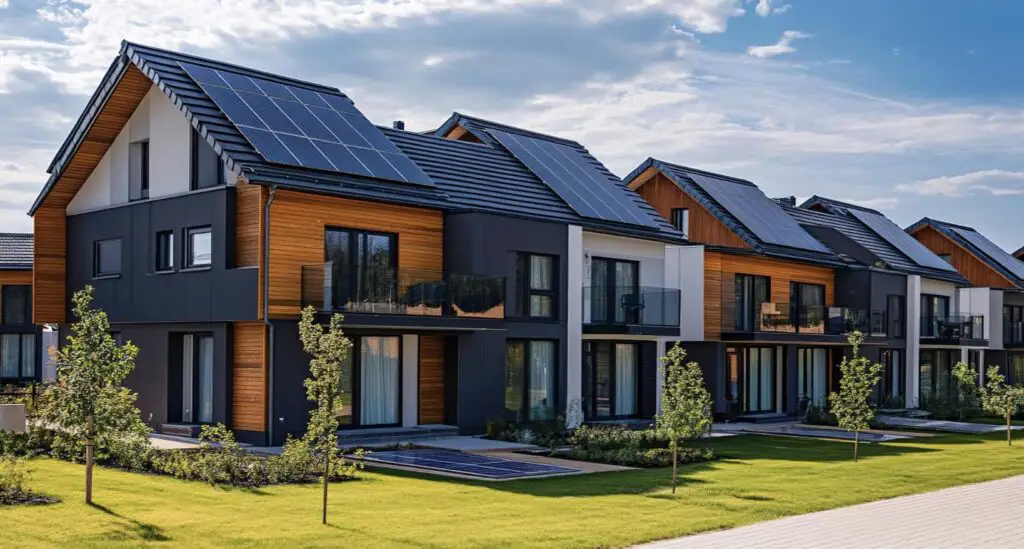
Multifamily properties include residential units designed to accommodate multiple families, such as apartment complexes, duplexes, and condominiums.
Even though not technically multifamily, one investment people make is investing in single-family homes as an investment. An investor may have several single-family homes that they rent out.
These properties are a popular choice among real estate investors due to the consistent demand for housing.
Pros of Multifamily Real Estate:
- Stable Cash Flow: Housing is a basic necessity, ensuring a relatively stable demand even during economic downturns.
- Low Vacancy Rates: Multifamily properties often experience low vacancy rates, especially in urban or high-demand areas.
- Economies of Scale: Managing multiple units in one location is often more efficient than managing several single-family homes.
- Easier Financing: Lenders tend to view multifamily properties as lower-risk investments, which can result in better loan terms.
Cons of Multifamily Real Estate:
- High Upfront Costs: Acquiring multifamily properties can require significant capital investment.
- Management Intensity: Managing multiple tenants can be time-consuming and may require hiring property management services.
- Market Saturation: In some areas, oversupply of multifamily units can lead to increased competition and lower rental income.
Why This Matters:
Investors seeking steady income and long-term growth may find multifamily real estate appealing. However, thorough market research is essential to avoid oversaturated areas.
2. Industrial Real Estate
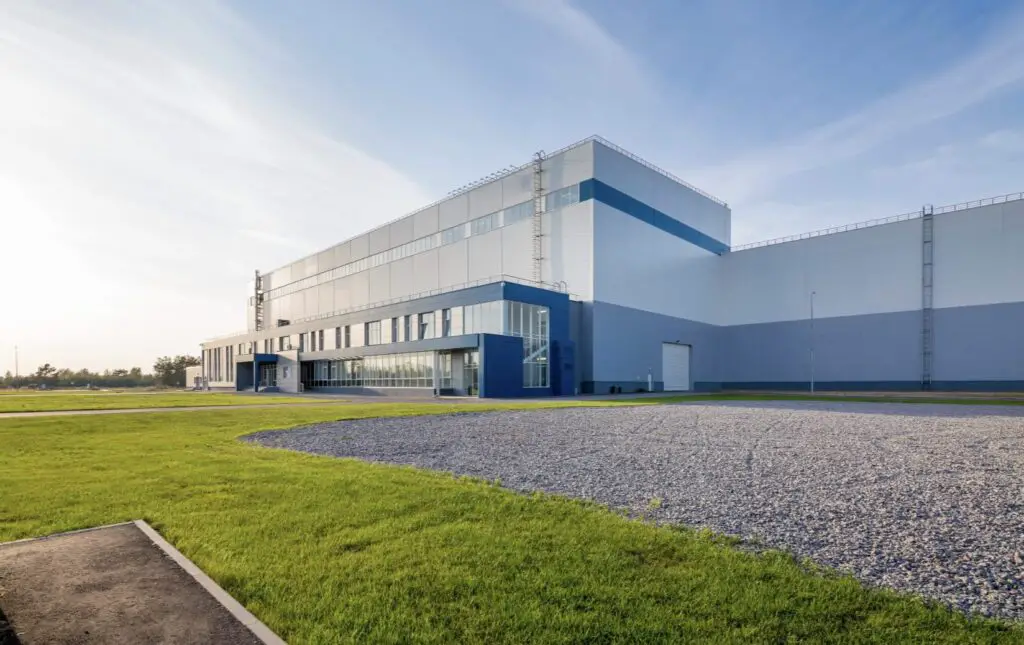
Industrial properties include warehouses, distribution centers, manufacturing facilities, and data centers. These properties have gained popularity recently due to e-commerce and technological advancements.
Pros of Industrial Real Estate:
- Strong Demand: E-commerce has significantly increased the demand for warehouses and distribution centers.
- Long-Term Leases: Industrial properties often have long-term leases, providing steady cash flow.
- Lower Operating Costs: Industrial properties typically have lower operating costs than other property types.
Cons of Industrial Real Estate:
- Specialized Use: These properties are often tailored for specific purposes, limiting their versatility.
- Economic Sensitivity: Industrial properties depend highly on the broader economy, especially manufacturing and trade.
- Location Dependence: Proximity to transportation hubs is crucial, limiting viable investment locations.
Why This Matters:
Industrial real estate is ideal for investors looking for long-term stability and growth potential, especially in markets with robust logistics and manufacturing sectors.
3. Office Real Estate

Office properties range from skyscrapers in urban centers to smaller suburban office buildings. The performance of this sector is closely tied to employment rates and business activity.
Pros of Office Real Estate:
- High Rental Income Potential: Prime office locations can command premium rental rates.
- Long Leases: Tenants, giant corporations, often sign long-term leases, providing consistent income.
- Customizable Spaces: Office spaces can be adapted to meet various tenant needs, increasing appeal.
Cons of Office Real Estate:
- Economic Volatility: Office properties are vulnerable to economic downturns, which can lead to high vacancy rates.
- Work-from-Home Trends: The shift toward remote work has reduced demand for traditional office spaces in many markets.
- High Operating Costs: Maintenance, utilities, and tenant improvements can add significant expenses.
Why This Matters:
Office real estate can offer high returns in strong economic conditions. However, investors must stay vigilant about shifting work trends and regional economic health.
4. Retail Real Estate
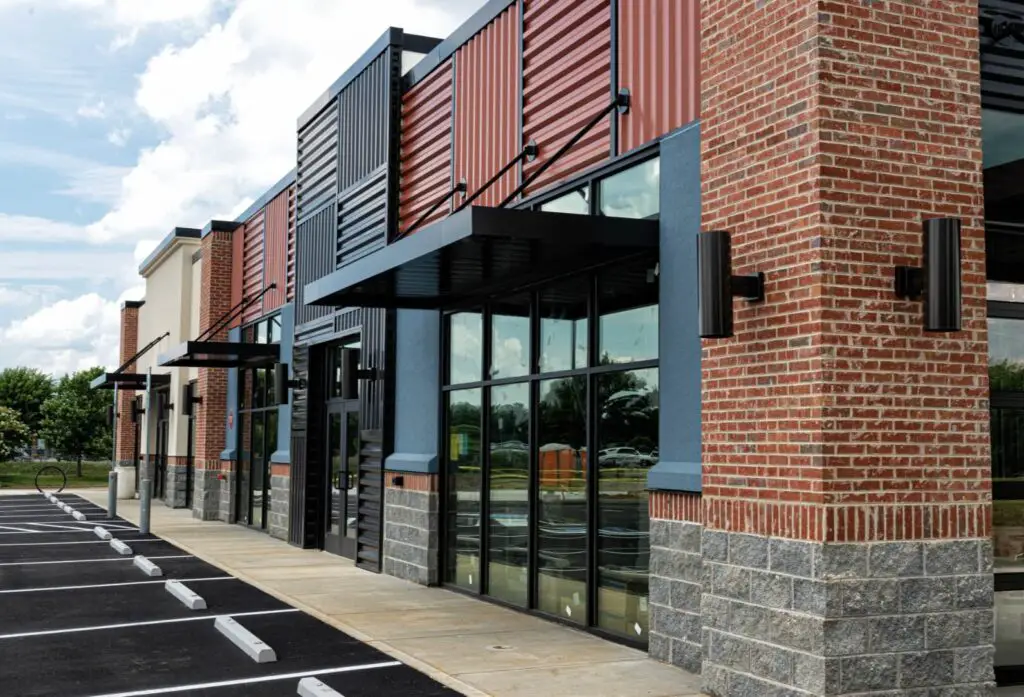
Retail properties include shopping malls, strip malls, and standalone stores. These properties thrive on consumer spending and foot traffic.
Pros of Retail Real Estate:
- Diverse Tenant Base: Retail properties often house a variety of tenants, reducing reliance on a single source of income.
- Triple Net Leases (NNN): Many retail leases require tenants to pay for property taxes, insurance, and maintenance, lowering the landlord’s financial burden.
- Prime Locations: Retail properties in high-traffic areas can generate substantial income.
Cons of Retail Real Estate:
- E-Commerce Disruption: The growth of online shopping has significantly impacted brick-and-mortar retail.
- Economic Sensitivity: Retail properties are susceptible to economic cycles and consumer spending trends.
- Tenant Turnover: High turnover rates can lead to frequent vacancies and re-leasing costs.
Why This Matters:
Retail real estate can be profitable but requires careful location and tenant mix selection to mitigate risks associated with shifting consumer behaviors.
5. Hotel Real Estate
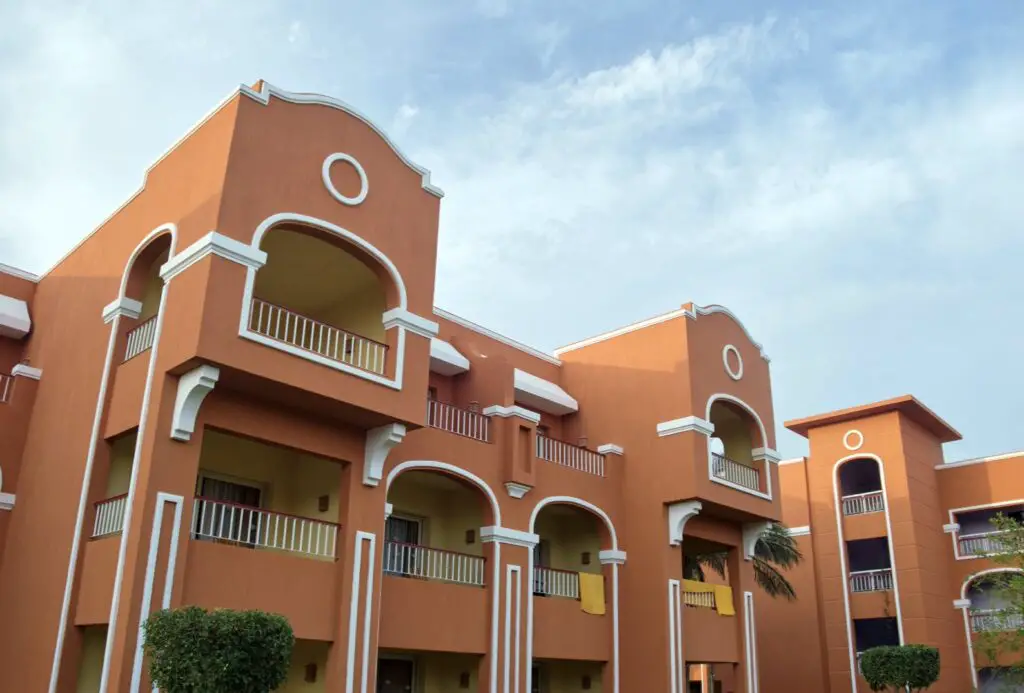
Hotels include full-service resorts, limited-service hotels, and boutique accommodations. This property type is closely tied to tourism and business travel.
Pros of Hotel Real Estate:
- High Revenue Potential: Hotels can generate significant income during peak seasons and in high-demand locations.
- Dynamic Pricing: Room rates can be adjusted based on demand, maximizing revenue potential.
- Diversification: Hotels cater to various customer segments, such as tourists and business travelers.
Cons of Hotel Real Estate:
- Seasonal Variability: Revenue can fluctuate significantly based on seasons and economic conditions.
- High Operating Costs: Hotels require extensive staff, maintenance, and marketing efforts.
- Economic Sensitivity: Tourism and travel are among the first sectors to suffer during economic downturns or global crises.
Why This Matters:
Investors with a high-risk tolerance and expertise in hospitality may find hotel real estate rewarding. However, it’s essential to account for market volatility and operating complexities.
Final Thoughts
Each type of real estate investment offers distinct opportunities and challenges. Multifamily properties provide stable income, industrial real estate benefits from e-commerce growth, office spaces offer high rental income potential, retail properties thrive in high-traffic areas, and hotels present dynamic revenue opportunities. However, all are influenced by market conditions, requiring investors to stay informed and adaptable.
Before investing, assess your financial goals, risk tolerance, and market expertise. Diversifying your real estate portfolio across different property types can also help mitigate risks while maximizing returns.
By understanding the pros and cons of each property type, you can make informed decisions and build a resilient real estate investment strategy.
You Can Listen To Our Podcast About What Are the 5 Main Types of Real Estate Investments and Which One Is Right for You?
Below or By clicking here.
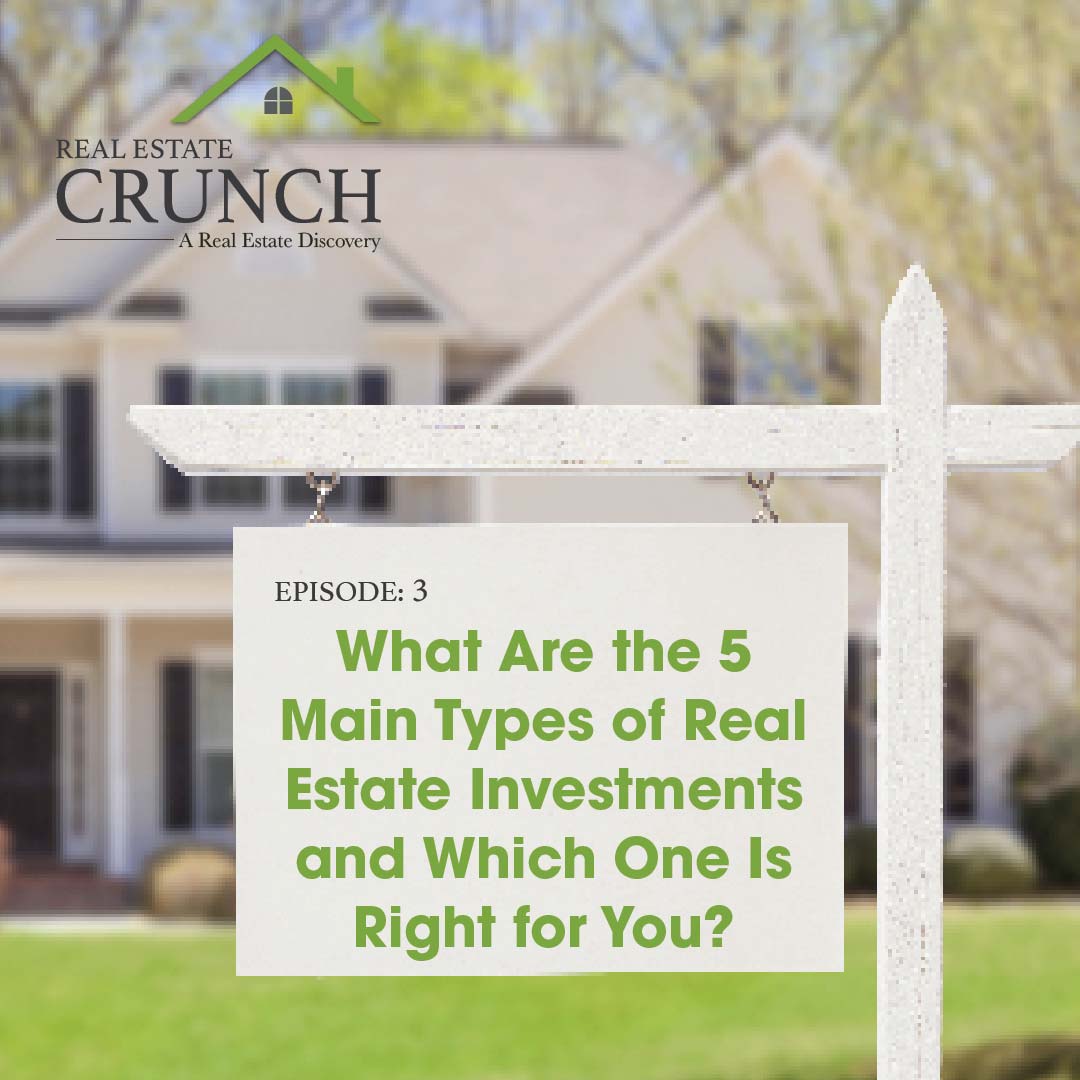
Real Estate Crunch gives you real property and real estate information and advice. We offer a free monthly newsletter; you can sign up for our newsletter by clicking here.
We also have a weekly podcast called “Real Estate Crunch” on all major podcast platforms. Listen to our podcast by clicking here.
Follow us on our social media platforms – Facebook and Instagram.
Related Question
Faster, Cheaper, And More Efficient: Benefits Of Prefab Homes
Prefab homes are the new way of building houses and other buildings. Pre Fab homes are built entirely or partly off-site, assembled, and placed on the foundation. This has many advantages to building houses with more advanced technologies and materials. This means homes can usually be built quicker and cheaper than a standard-built home.
By clicking here, you can read more about Faster, Cheaper, And More Efficient: Benefits Of Prefab Homes.
Prefab Vs. Modular Homes Explained
Prefab housing is prefabricated housing built in a factory-controlled setting and assembled on-site. Modular homes are also made in a factory study and assembled on-site, except modular homes usually refer to homes where more complete sections are built on-site.
By clicking here, you can read more about Prefab Vs. Modular Homes Explained.
Prefab Homes Delivered & Setup: Modern Solution For Housing
Prefab homes are built in factories using standardized components; these homes are delivered to the buyer’s desired location either fully or partially finished, ready for quick assembly onsite. With companies offering delivery and setup services, the process has become even more streamlined, eliminating the need for costly tradespeople and reducing wait times.
By clicking here, you can read more about Prefab Homes Delivered & Setup: Modern Solution For Housing.
